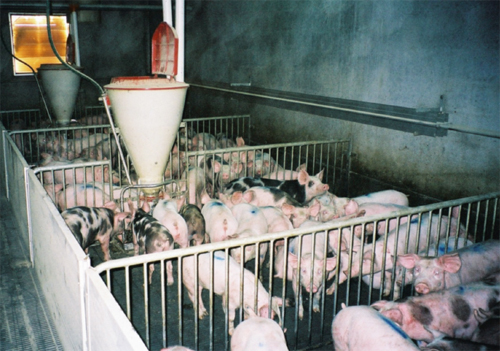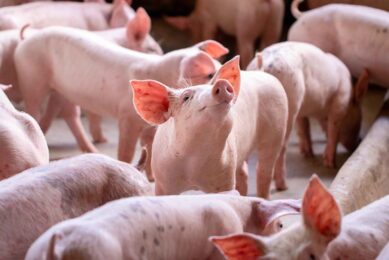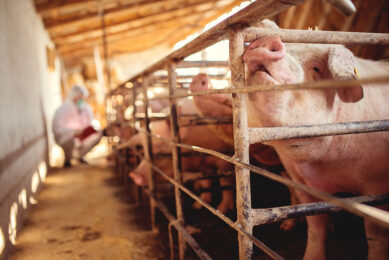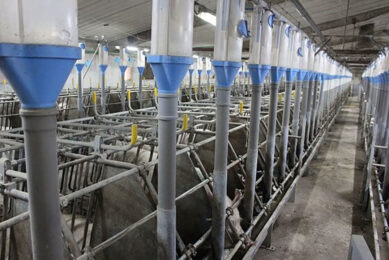Western Portugal: The need for cooperation

The major pig production region of Portugal can be found in the ‘Oeste’, a region just north of its capital Lisbon. High concentrations of pigs however create a problem for disease concentrations – hence the need for better monitoring to alleviate disease pressure.
The tradition of swine production in the western region of Portugal goes back several decades. Starting as a family business, nowadays competing pig farms are literally 100-150 m away from each other. Such condensed production results in the highest density area of pigs in the country (see map).
The ‘Oeste’ (west) area is naturally influenced by the national and international context in which smaller pig farms either seize to exist or associate themselves with large corporate conglomerates. There are now fewer active farms, but the ones remaining are increasing in size and scope – a local manifestation of the concentration paradigm that characterises today’s global market.The west produces 40% of the national pork meat but the country still has to import 50% of what it consumes. Spain has been a major player in the Portuguese market despite its weakening power in recent times due to the economic recession. These numbers suggest that Portugal has still a long way to go to become self-sufficient but this is not an impossible mission.
Problems
Although the ‘Oeste’ has the location and the production volume to become the driving force of this mission, still a number of important challenges arise from this scenario. If not properly managed, the high density of pigs can become a health issue.
There are many factors that make disease control a real problem in this area. Within the western region there is huge animal circulation: Pigs are frequently transported to slaughterhouses and in between farms. Some of the vehicles used in these transports, if not properly sanitised, could represent a high sanitary risk. The fact that these facilities are so close to one another can cause quick spreading of diseases among neighbouring farms. Winds and animals like mice and birds (vector-borne diseases) can also be decisive factors in disease transmission.
Another issue is the biosecurity concerns that pig farms must take into account in order to minimise the damage caused by the storing of animal manure in open air lagoons that works as a reservoir for many diseases (for example Brachyspira hyodysenteriae).
All these factors make it very difficult to control diseases in the ‘Oeste’, which leads to a concentration of diseases, like e.g. PRRS, swine influenza and Aujeszky’s Disease. To improve disease control, the region’s pig farms must find effective ways to cooperate with each other. This ‘joint-venture’ could be shaped in the form of a well-structured combat plan that would not only identify the problems of each farm but also find tailored solutions for them. For instance, in order to control Aujeszky’s Disease, a common prophylactic plan could be implemented, inducing the immunisation of all animals in this region at the same time (January, May, November), thus reducing the Aujeszky’s Disease virus infection pressure in a much more efficient way.
Preventive measures
To assess the efficacy of these tailored solutions it is important to have a monitoring system of the implemented measures. A good example of such monitoring would be ResPig. Developed by MSD Animal Health, this tool aims at helping the pig farms to minimise the financial losses caused by respiratory diseases. It does that through a complete and detailed screening and evaluation of the quality and biossecurity of the farms’ facilities. Every farm subjected to this screening process is monitored every six months, assessing improvements in the farm throughout time. This allows a better understanding of the entire process of the preventive measures implementation that the monitoring system suggests for each farm.
The ‘Oeste’, and consequently the Portuguese swine market, could benefit from a similar plan thus taking its high sow density into higher levels of biosecurity compliance and profitability.











